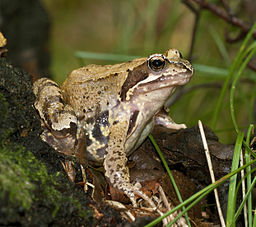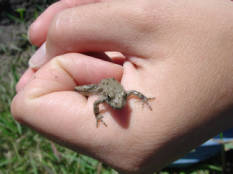 The northern cricket frog is one of New York State’s two endangered amphibians. New York State law does not require recovery plans for endangered species, but the state Department of Environmental Conservation has proposed one for this species, a recent department press release says.
The northern cricket frog is one of New York State’s two endangered amphibians. New York State law does not require recovery plans for endangered species, but the state Department of Environmental Conservation has proposed one for this species, a recent department press release says.
The plan includes conserving appropriate, but unoccupied habitat. The plan also included reintroducing frogs to unoccupied habitat, but only “if suitable habitat still remains, northern cricket frog habitat requirements are understood, and a funded and scientifically sound protocol is in place to monitor northern cricket frog abundance and assess potential causes of decline at any re-introduction site.”
In other words, more research is needed. There is a very brief paragraph about data gaps, and an even briefer one about recovery partnerships. A long list of potential tasks, includes sections on research and recovery tasks.
The comment period on the plan closes a week from today, Feb. 21, 2014.
Download the recovery plan here.
Read the NYS DEC press release about the plan here.
Read a Reptile Magazine article about the plan here.
Photo: Northern cricket frog at Neal Smith National Wildlife Refuge in Iowa. Photo by Sara Hollerich, used courtesy US Fish and Wildlife Service.

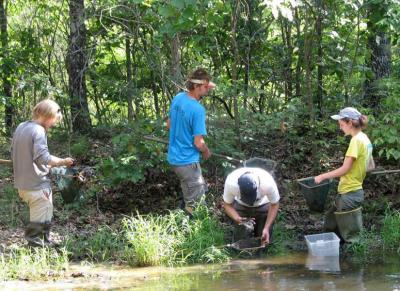 About a third of the ponds in a Missouri study harbored chytrid fungus. A
About a third of the ponds in a Missouri study harbored chytrid fungus. A 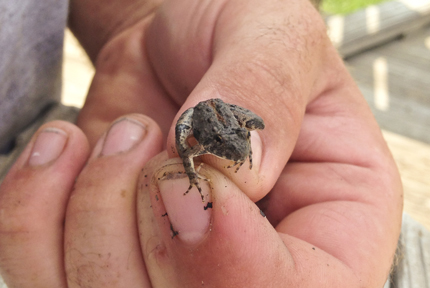 A press release from
A press release from 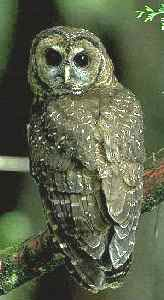 Efforts around the country to remove troublesome creatures — whether invasive or otherwise — have been met with a variety of reactions. In all cases the creatures are being removed because they are harming an ecosystem.
Efforts around the country to remove troublesome creatures — whether invasive or otherwise — have been met with a variety of reactions. In all cases the creatures are being removed because they are harming an ecosystem.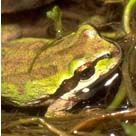 Two fungicides are showing up in the tissues of Pacific treefrogs, even those that live in pristine national parks, a recent paper in the journal Environmental Toxicology and Chemistry shows. The pesticides aren’t just coming from agricultural operations, but also from illegal marijuana farming.
Two fungicides are showing up in the tissues of Pacific treefrogs, even those that live in pristine national parks, a recent paper in the journal Environmental Toxicology and Chemistry shows. The pesticides aren’t just coming from agricultural operations, but also from illegal marijuana farming.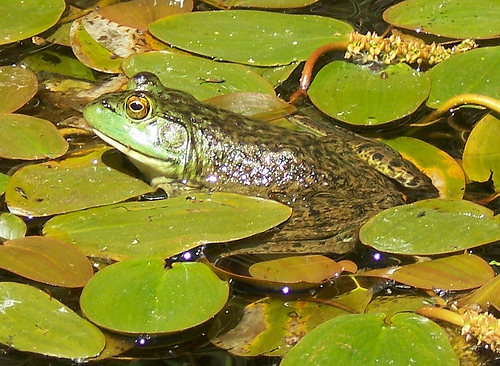 A recent study by researchers at
A recent study by researchers at 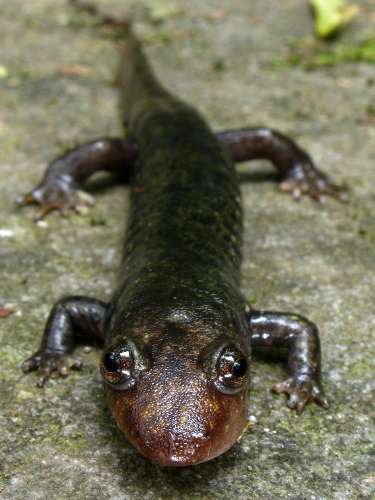 Today is the second day in a US Geological Survey amphibian two-fer. If you like your wildlife moist and federally researched, you’ve come to the right place.
Today is the second day in a US Geological Survey amphibian two-fer. If you like your wildlife moist and federally researched, you’ve come to the right place.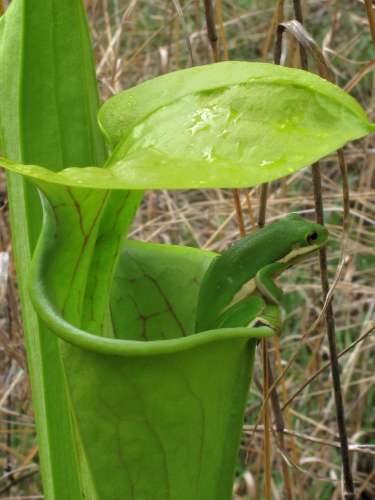 There have been studies that have calculated the likelihood of extinction for various amphibian species, but the first study to calculate how fast amphibian populations are declining was recently published in
There have been studies that have calculated the likelihood of extinction for various amphibian species, but the first study to calculate how fast amphibian populations are declining was recently published in 